Daarstad: OSU’s carbon neutral commitment needs more community backing, funding
September 30, 2019
Oregon State University’s commitment to be carbon neutral by 2025 is not going to happen.
At OSU, there are efforts to decrease the university’s carbon emissions, but these efforts are not enough to curb the university’s carbon footprint.
An email sent out to all students by OSU President Ed Ray, described a strategic plan with goals that guide the university’s efforts to reduce its carbon footprint, stating that in 2017 alone, OSU’s carbon emissions decreased by 6.25%.
The biggest carbon emitters on the Corvallis campus are the buildings, according to OSU’s Sustainability Officer Brandon Trelstad.
The Sustainability Office is focused on making OSU’s buildings more energy-efficient, although with a finite budget, they have only been able to convert about one building per year to become more eco-friendly, Trelstad explained.
To make the buildings more energy-efficient, the office is working on projects like retrocommissioning. Retrocommissioning is the cleaning and reprogramming of the cooling and heating systems, these tune-ups are needed every 10 years for most buildings, according to Trelstad. The retrocommissioning project increases the energy efficiency of buildings, thus reducing carbon emissions.
However, even with all these efforts, OSU is not expected to meet the goals of the Presidents Climate Commitment signed by Ed Ray in 2007. The commitment was signed by multiple colleges and universities to be carbon neutral by 2025.
OSU’s progress is slower than needed to meet the 2025 goal. The sustainability office is doing as much as they can with the budget they have. If they had a larger budget, they could do more to help OSU achieve carbon neutrality by 2025.
“I would love it if we could do like five to 10 buildings a year, but again it’s a matter of how do we scale that up in an environment where money isn’t always available for those things,” Trelstad said.
The recent global attention on climate change with the climate strikes led by student activists might push administration and the student body to make more significant efforts to make OSU carbon neutral by 2025.
Not only is the Sustainability Office doing as much as they can to make changes to Oregon State’s environmental efforts, so is ASOSU, the Associated Students of Oregon State University.
ASOSU introduced joint legislation in May 2019, JR-10.08, to keep the commitment to be carbon neutral to reduce economic and social cost on future students of OSU.
Coral Avery, coordinator of environmental affairs within ASOSU, works to bring awareness of environmental issues to students and develop community-based environmental initiatives. ASOSU supports multiple efforts around campus with the help of other organizations like University Housing and Dining Services and Campus Recycling to create programs such as The Last Dam Straw, a program to remove all plastic straws from restaurants on campus.
“The conversation needs to center more on community sustainability so that everyone’s voices can be heard,” Avery said.
Avery believes that the recent climate strikes are driving students to be more environmentally conscious. Student initiative has increased at ASOSU, such as the establishment of the Environmental Council in the fall of 2018. The Environmental Council brings OSU clubs, students and the Corvallis community to talk about environmental initiatives and programs.
Both Avery and Trelstad believe that recent climate activism has impacted students across campus and made them more aware of climate issues. The strikes are increasing the conversation about OSU efforts to curb carbon emissions and how students can become more involved with environmental efforts on campus.
“Any time an issue makes it into the news, media, and culture, the way this has only helps the cause,” Trelstad said.
If you want to become more involved on campus with environmental efforts, there are plenty of ways. The Sustainability Office offers student positions and volunteer opportunities.
Students should take advantage of classes focused on sustainability such as GEOG 300 and SUS 350; both classes do not have class requirements and fill baccalaureate core. These courses require service projects for students to go out and learn about community sustainability efforts.
ASOSU also offers opportunities for students to become more involved with trying to fix environmental issues on campus. Visit them on the second floor of the Student Experience Center.
Hopefully, with more conversation on climate change due to the recent strikes, OSU will focus on reducing its carbon emissions to meet the 2025 goal.







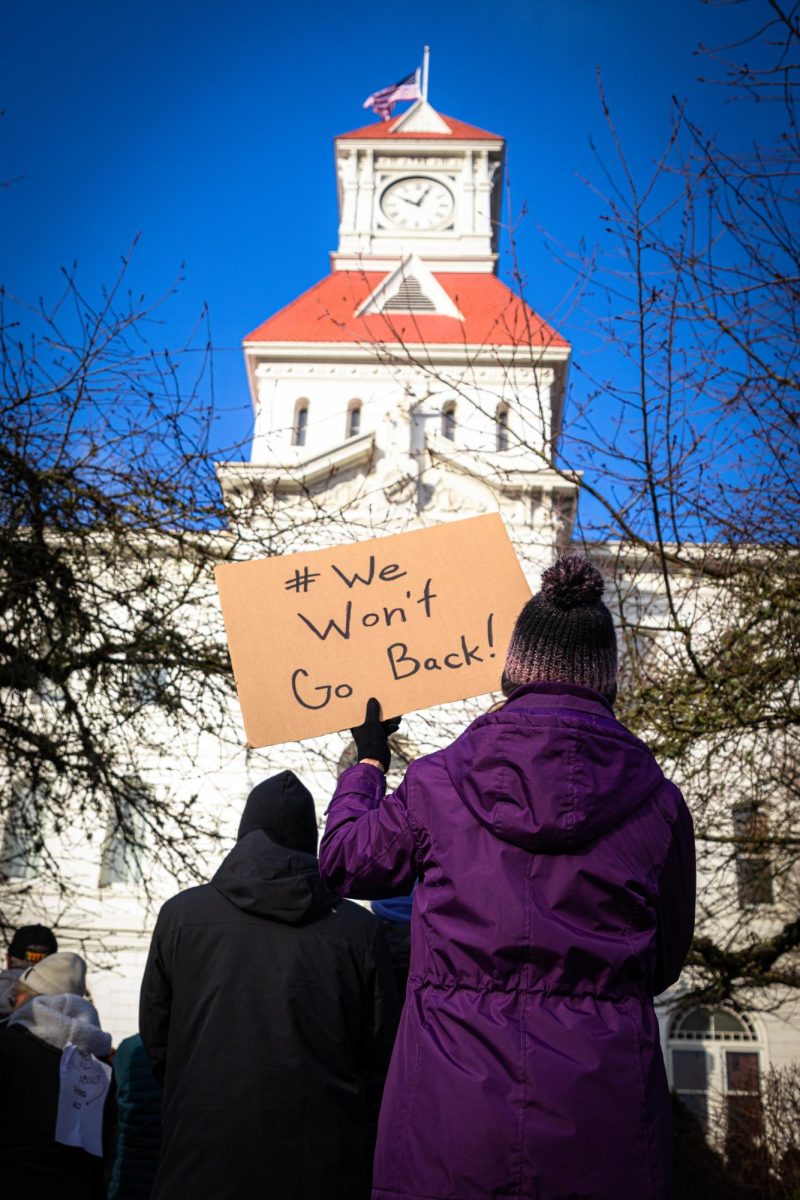

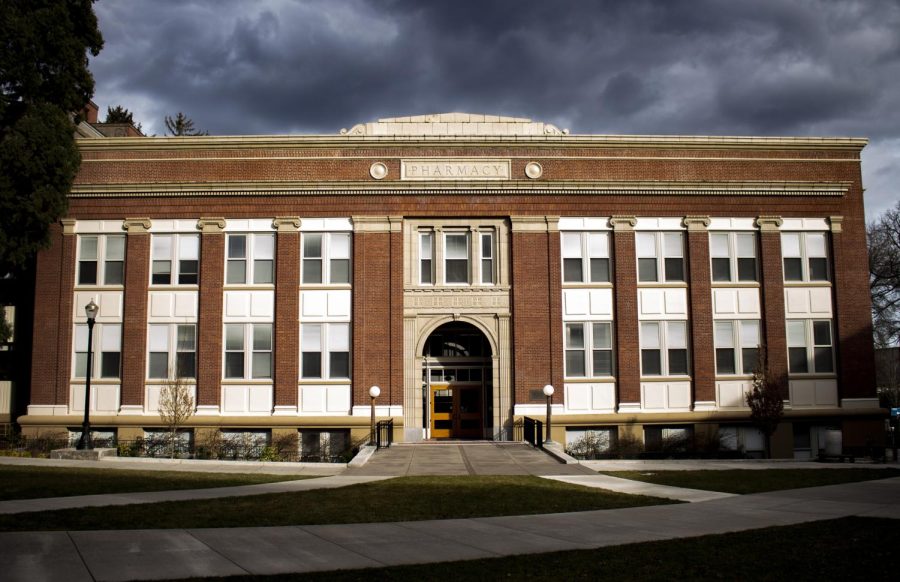

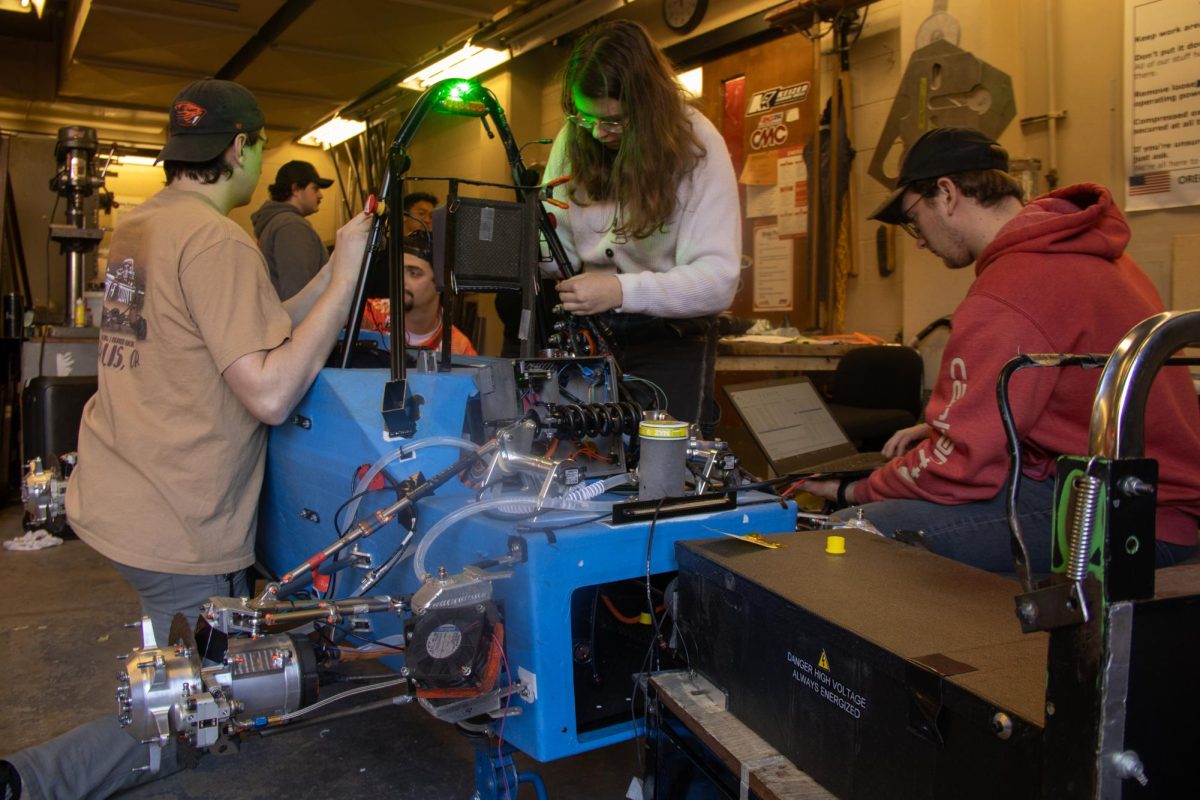



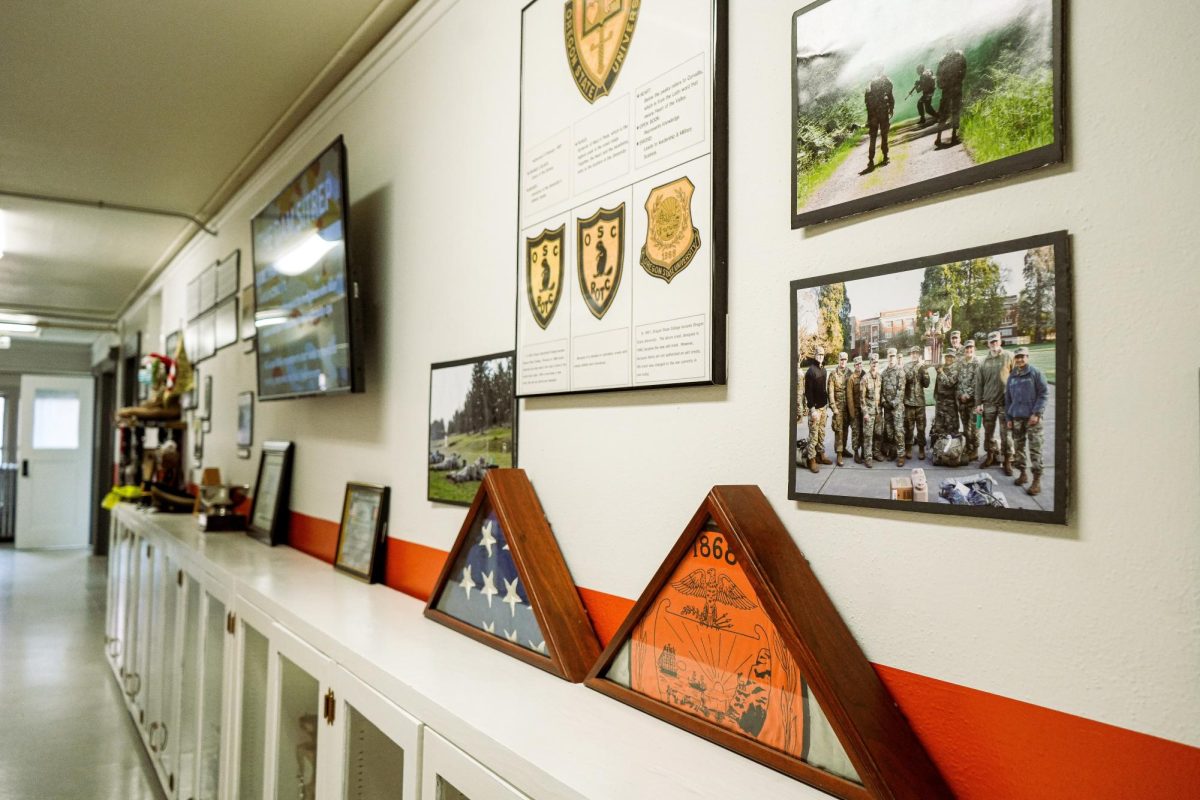
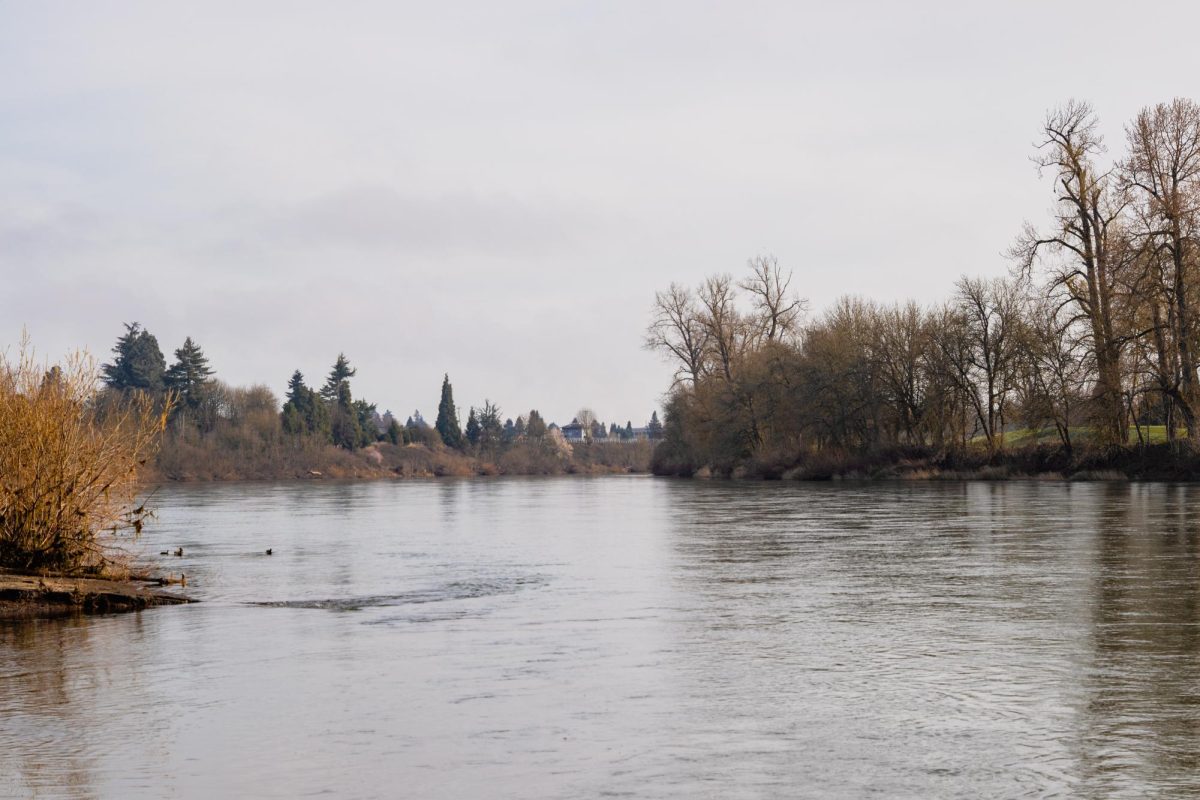


































































![Newspaper clipping from February 25, 1970 in the Daily Barometer showing an article written by Bob Allen, past Barometer Editor. This article was written to spotlight both the student body’s lack of participation with student government at the time in conjunction with their class representatives response. [It’s important to note ASOSU was not structured identically to today’s standards, likely having a president on behalf of each class work together as one entity as opposed to one president representing all classes.]](https://dailybaro.orangemedianetwork.com/wp-content/uploads/2025/03/Screenshot-2025-03-12-1.00.42-PM-e1741811160853.png)























